Junior Explorer Archaeologist
Think about all the things you use on a daily basis. From the clothes you wear, to the forks you eat with, to the sheets of paper you color on, to the computers or phones you are reading this on, to the cars you use to travel, to the house you live in. These things, this “stuff”, is interwoven into every aspect of our lives. While today we have quite a lot of it, for all of recorded history and much of prehistoric human history, humans have depended on stuff. While ancient people disappear and their societies change, oftentimes the items they used remain. Archaeologists are people who study these items, or artifacts, of the past.
Careers—Be a Scientist!
An archaeologist is someone who studies material, that is physical evidence of people who lived in the past and attempts to understand those people. The human past is quite a long time, and encombases nearly the entire world. For this reason archaeologists often focus on specific places and time frames. For example some archaeologists in Utah might focus on the very recent past, only the last few hundred years, and study the stuff, or artifacts, left behind by the Utah Pioneers. While other Archaeologists might focus on the deep past, around 10,000 years ago, and study the artifacts left behind by the Clovis people. This is extra tricky because the Clovis did not write, and no one who could write ever interacted with them, so the only way we know about them is through the stuff they left behind. If you’re fascinated by ancient cultures, and are eager to discover the answers to difficult questions, if you like finding artifacts and looking for patterns, then being an archaeologist might be the right fit for you!
Learn
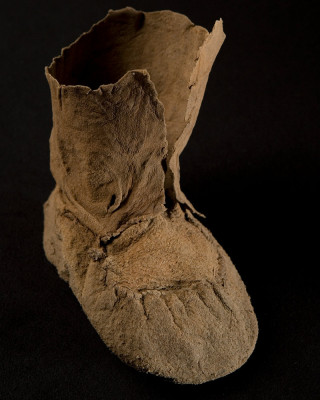
The desert west landscape of Utah is one filled with interesting and enigmatic artifacts from numerous cultures. People have lived here continuously for over 10,000 years. Some of these people developed complex farming communities, and others hunted and gathered in small nomadic bands. But all these people left behind artifacts of their time here. Rock art, pottery, stone tools, and basketry, to name a few.
Because the people who made these artifacts are long gone, each artifact that exists is unique and irreplaceable. Everyone lost is lost forever and whatever story it could tell, whatever secrets it holds, will be forever gone. Often these secrets are not obvious and it might appear that a broken piece of pottery or a shiny arrowhead, or rough rock art might have nothing to say, but to a trained archaeologist such a fragment contains within it the whispers of those who made and used it and maybe even the answers to great and difficult questions.
Everyone, whether they know it or not, can be a friend to knowledge by helping to preserve these artifacts so that future generations can experience them, and future archaeologists can study them.
Learn more about what you can do to preserve Utah artifacts with this video by Sherdy, a good friend of Explorer Corps.
Explore
Part of being an archaeologist is figuring out how artifacts were created and learning the skills and techniques used to create them. This allows us to understand not only what was needed to make these often beautiful and complicated objects, but also to understand how it felt to create them.
Basketry was an important and sophisticated technology that persisted throughout most of this time period. Baskets were made in a variety of sizes and were used for carrying materials, cooking, sorting food and transporting water.
Basketery is still a part of modern day Native American culture! They use many of the same traditions, but have also modernized the methods and the stories. Utah is home to 8 tribal nations and they each have their own unique traditions and sacred places.
Are you ready to get creative and make your own basket? Check out the video.
Archaeologists also explore, map and survey important sites. But first they learn everything they can about such a place. As a Junior Explorer you will hopefully be able to make your way to the ruins of Comb Ridge, but first you should watch this video and others like it to learn more about these amazing places.
Navajo photographer Samuel Jake (Instagram link @samueljjake) joined Explorer Corps on a visit to San Juan County’s spectacular Comb Ridge, where he explored ancient ruins and reflected on his ancestors and their connection with the land. Comb Ridge is just one of 29 Utah landmarks highlighted by Explorer Corps, a statewide program developed by the Natural History Museum of Utah to share our state's cultural and natural history, county by county.
Get out on the road! Every county in Utah has a unique marker representing Utah’s natural history. Download your passport and start exploring geology themed Marker Locations by county:
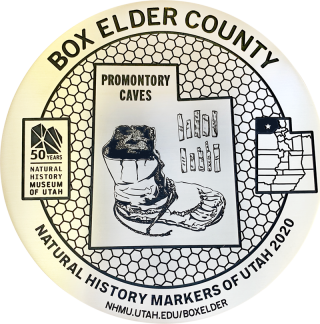
Promontory Caves
Hidden within a forgotten cave at the northern point of the Great Salt Lake were many dozens of moccasins that were unlike any other footwear ever found in Utah. Explore the mystery of these moccasins and what they might tell us about early people who both lived in and migrated through Utah.
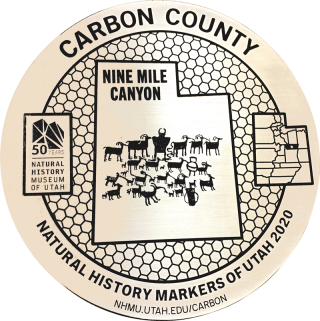
Nine Mile Canyon
If you want to see the largest concentration of rock art in North America, Carbon County’s Nine Mile Canyon is the place to go. To date, nearly 500 archaeological sites in Nine Mile Canyon have been documented and listed in the National Register of Historic Places. There are storage granaries, pit houses, fortresses, and defensive towers, all made by different groups of Native Americans from people of the Archaic and Fremont cultures to the ancestors of the Ute Tribe that still calls Utah home today.
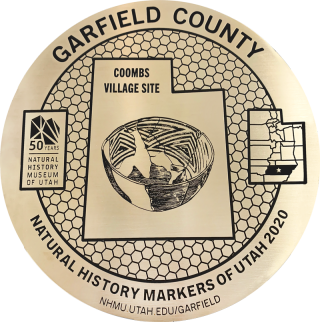
Coombs Village
What happened at Coombs Village? Archaeologists have been pondering this question for decades. This place, located in Garfield County, was once a bustling center of Native American trade. Then, after two centuries, the village was abandoned and burned.
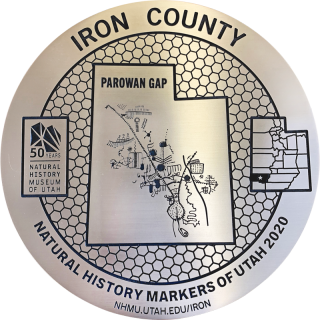
Parowan Gap
Native Americans inhabited what’s now Utah by about 11,000 years ago, and by 5,000 years ago some of them were moving through Parowan Gap. We know because of the petroglyphs and rock art left behind. The three-mile-long gap includes 90 different rock art panels with almost 1,500 different figures, one of the densest accumulations of rock art known.
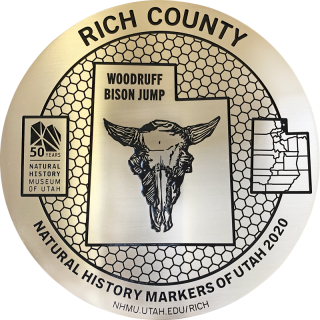
Woodruff Bison Jump
In northeastern Utah, at the base of a cliff, pieces of bone litter the ground. This is not a fossil site, but something much more recent. Around 1,335 years ago, Native Americans drove bison over the cliff above – the makings of what’s now known as Woodruff Bison Jump.
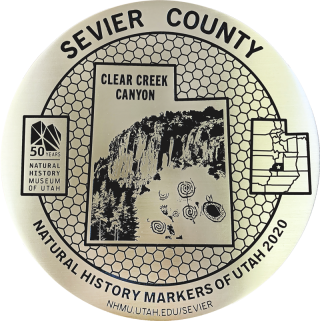
Clear Creek Canyon
Water is an essential resource in the desert, and the perennial stream that gives Clear Creek Canyon its name made this a special place through the millennia. The oldest archaeological evidence for habitation at Clear Creek Canyon dates back to about 4,000 years ago, what archaeologists term the Archaic cultures, but that’s hardly all. About 800 years ago, people of the Fremont culture lived here, followed by Ute and Southern Paiute peoples around 300 years ago. Time and again, Clear Creek Canyon was an important spot for hunting and farming.
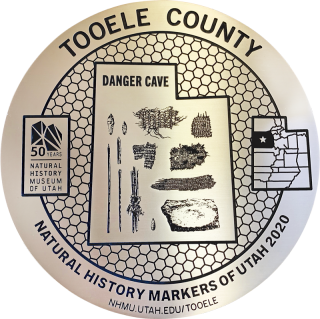
Danger Cave
Located along the edge of the Bonneville Salt Flats, the cave contains signs of people using the cave as long as 12,000 years ago. Stone tools, baskets, ceramics, animal bones, plants, seeds, and hearths that hosted fires long ago have all been found in the cave. Archaeologists have been examining the site since 1940, going back over and over through the years to see what might be learned about some of the earliest people to inhabit the Americas.
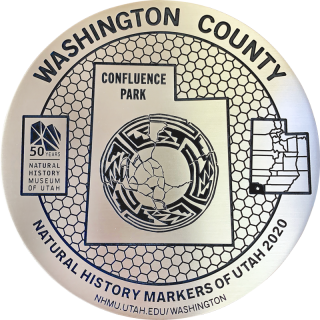
Confluence Park
Confluence Park got its name as it’s the meeting place of three creeks, including the Virgin River, and it’s been part of human history for over a millennium. More than one thousand years ago, people belonging to the Virgin Anasazi culture lived here. It was a good spot for the people who inhabited a rock shelter in the area. In addition to an enduring source of water, the area was full of wildlife and had soil that could be farmed. The same natural perks later brought the southern Paiute to the area, too, where they irrigated small fields of corn.

Cowboy Cave
A cave once utilized by the Archaic culture in ancient Utah over 9,000 years ago. Cowboy Cave is filled with artifacts including stone tools, baskets, plant parts and animal remains. The artifacts are often separated into different layers that indicate a pattern of use and abandonment that puzzled archaeologists for some time.
Level Up!
You are now trained as a Junior Explorer! Now, check out our other Junior Explorer specialties to spark your curiosity in other natural sciences.